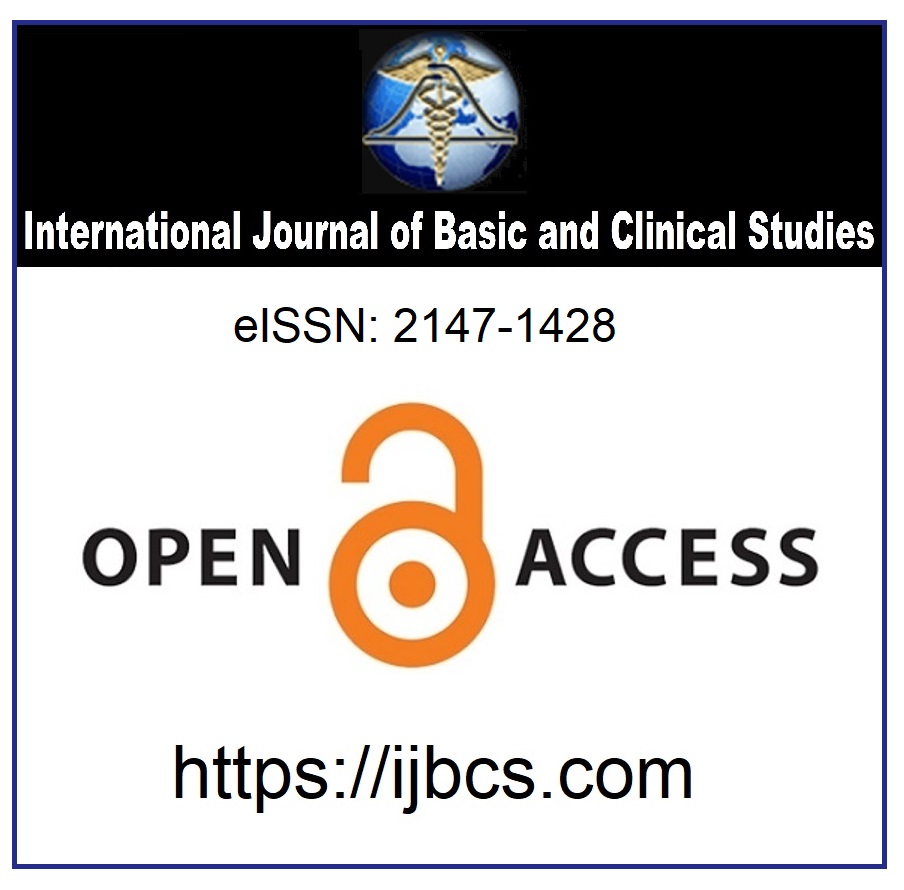Power of a Clinical Study
Keywords:
Power, Sample Size, Type I Error, Type II ErrorAbstract
The probability of not committing a Type II error is called the power of a hypothesis test. Making the wrong decisions can have serious results and risks. Sample size is closely tied to statistical power, which is the ability of a study to enable detection of a statistically significant difference when there truly is one. A trade-off exists between a feasible sample size and adequate statistical power. Sample size is important primarily because of its effect on statistical power. To increase power of the study depends to the main factors as follows; Increase alpha, conduct a one-tailed test, increase the effect size, decrease random error, increase sample size. Underestimation of sample size may result in drug turning out to be statistically non-significant even though clinical significance exists.
At the result, underpowered study may not yield useful results and consequently unnecessarily put respondents at risk. Overall, researchers can and should attend to power and calculate it at the beginning of the study. More importantly, supplementary computer programs are developed to calculate it.
Downloads
Published
How to Cite
Issue
Section
License
Copyright (c) 2015 By the Authors.

This work is licensed under a Creative Commons Attribution 4.0 International License.



